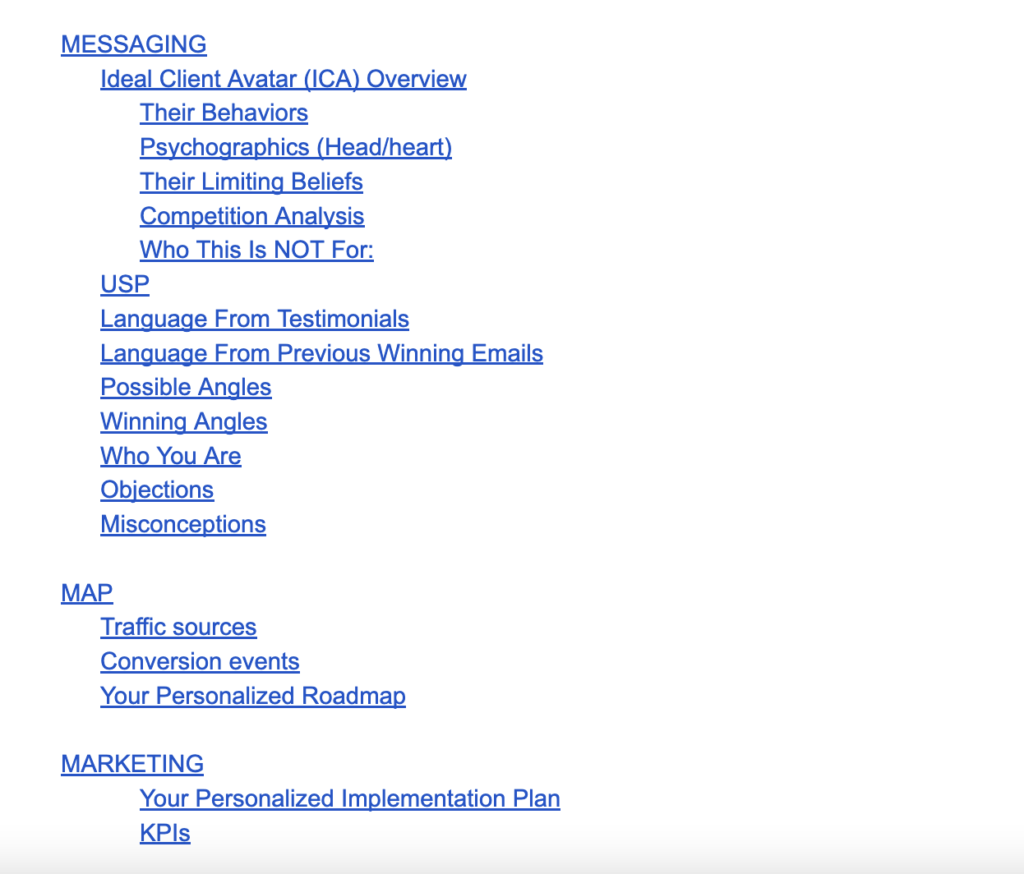
This is my favorite question to hear: “How will your writing match my authentic voice?”
My best clients are highly concerned with preserving their authentic voice with a copywriter they can trust. I appreciate the integrity that the question implies.
It makes me lean in a little closer when we have that value in alignment.
And I can assure you this…
The best compliment is when you look at my writing…and you can’t tell if I wrote it or if you did!
In this blog, we’ll talk about the process for how I can write in your authentic voice, and how I create meaningful content by matching my client’s voice.
The Art of Embracing Authenticity Through Writing
Capturing a client’s authentic voice isn’t as hard as you might think, but it does mean doing research to truly understand them. This part of the writing process is definitely overlooked, as it feels easier just to jump right on in without doing the deep behind-the-scenes work.
Here are three primary ways for a copywriter to make a seamless transition when we begin writing any type of content for a client:
- Active listening in conversation
- Binge previous content as a guide
- Research into the culture of their niche.
Using these three techniques can set me up for success as I get to know you as the client and prepare to create your content.
As I dig deeper into conversations, analyze your past content, and immerse myself in your specific niche, I’m not just gathering information: I’m also taking notes on messaging that is resonating (so we can iterate on those) and also which angles are not working (we’ll steer clear and not try that again).
These notes are compiled into your customized Master Messaging Guide. Although I cherish long-term client relationships, I don’t want this depth of research to live and die with me in my brain as the copywriter.
Here’s what’s inside The Master Messaging Guide:

This is how we set ourselves up for lasting success that makes an impact on the people we want to serve.
Engaging in Conversations for Insights
Active listening is the key to writing in your client’s authentic voice. When you have a conversation with the client, listen for:
- The words and phrases they use.
- Where do they fall on the spectrum from casual to professional?
Conversations reveal speech patterns, tone, and vocabulary preferences. It can also give you insights into potential keywords when you start tackling SEO.
Active listening can also show you what particular language nuances your client uses and integrate that into the copy. For example, how do they refer to their audience? Do they say “ya’ll” or “sis”?
Active listening is a skill that takes my full attention and picks up on the emotions behind the stories they choose to share. It involves not just hearing what you have to say but fully engaging in the discussion.
Active listening helps me truly understand my client’s needs, preferences, and the message they are trying to get across—even if they are struggling to find the words to describe it.
I also ask strategic questions to help you dig deeper.
💡 I want to hear about your passions and aspirations and what makes you tick.
💡 I want to see where you naturally light up about your work and your offer.
💡 I want to engage with you on a level that inspires your marketing.
Revealing Insights Through Existing Content
Binge my client’s content allows me to experience how you express your brand voice in writing. It’s one of the easiest ways to get closer to matching my client’s authentic voice and makes it feel natural to create the content that is aligned with your expectations.
Here’s some things I look for when reviewing established work:
- Get a sense of length and communication style.
- Look at how they want to be portrayed online.
Past content is an essential roadmap to their authentic voice. I also analyze your tone and style in your:
- Website
- Articles
- Blogs
- Social media posts
- Podcasts
- Stories
- Videos
Studying their existing copy also helps you identify any recurring themes or topics that seem important to them. This allows you to craft content that is not only in their authentic voice but also resonates deeply with their values and interests.
When you pair this with your conversations together between copywriter and client, we gain valuable insights into what our clients expects from the copy.
Immersion in Niche Culture for Authenticity
Research is an important piece of finding my client’s voice. It can be time-consuming, but it is always well worth it.
If it is a niche I am less familiar with, I will also read other articles and accounts to understand that industry, including:
- Learn niche-specific jargon and acronyms.
- Understand what it is like to be immersed in their culture.
All niches possess unique jargon and cultural norms. The copywriter’s job is to dive into niche-specific content to adopt the language that professionals in that industry are using.
By researching the ins and outs of the client’s industry, I gain a more thorough understanding of the products or services that already exist in their unique space. This knowledge helps me accurately represent their offer when it comes time to write their sales page. Industry research also helps me identify the challenges, pain points, and needs of their intended audience so that we can meet them where they are at.
This practical approach ensures an accurate representation of your niche while capturing your authentic voice.
Writing Transformation
It doesn’t matter how similar or different the client is from my own personality. When I use these techniques, I can write in a way that sounds just like you.
I’ve written across a range of styles and brand voices: from aggressive Dan Kennedy-style marketers to feminine intuitive coaches—and everything in between! As long as I am aligned with your mission, your values, and your message is one I want to amplify into the world…that matters way more to me. Your brand voice can be learned 😉
Good copywriting is not just about copying your words or mimicking your style: It’s about channeling your thoughts and personality through the research I’ve done before I’ve even put any words on the page!
Unlike mimicry, which can come off as forced or insincere…
Authenticity creates a natural and impactful connection, portraying your voice with integrity and credibility.
Understanding the core of what makes you who you are is the key to writing copy in your authentic voice. I am looking for what motivates you, what challenges you face, and what matters most to you. When I incorporate this into the copywriting, your brand voice comes out of me naturally.
Consider The Role of the Writer as an Actor
The way a writer adapts to your voice is similar to how an actress gets into character. It’s more than just memorizing lines; they learn about the life of the character when they prepare for the role. And only after that can they take on the character’s voice convincingly when on stage.
For example, Tom Felton who played Draco Malfoy in the Harry Potter series said: “I remember my first scene with Alan Rickman…as soon as he is in his cloak, he walks and talks like Snape—it’s quite terrifying.” (Source: Casting Frontier).
When it comes to capturing your client’s authentic voice, think of writers as actors on a stage. It’s not just about putting words together; it’s about becoming the character—or in this case, the client.
Good actors embody their character to the extent that you as the audience forget they’re not the real deal! Writers do something similar. They tap into their clients’ personalities to create content that could pass as something their clients wrote themselves.
To capture your client’s voice, you need the type of transformation that goes beyond the surface, which is an essential skill you need to write empathetic copy that will actually convert.
Let’s Capture Your Authentic Voice With A Copywriter You Can Trust
Let’s quickly recap the three most important ways to capture your authentic voice:
- Engage in meaningful conversations. This allows me to pick up on your vocabulary and the tone you use in different situations.
- Analyze your past content. This is a roadmap to your unique style. It can even show how they want to come across online.
- Immerse in your niche culture. To connect on a deeper level, I’ll walk in your shoes and uncover what others in your niche are saying to ensure that our messaging is both unique and on point.
This is a collaborative effort that involves understanding and empathy. When done right, experience is seamless to hand over your copywriting needs.
When the research is done to understand your experiences, I can craft content that feels aligned. This is what will set our writing apart!
Here’s the secret:
A majority of the copywriting work is getting the voice and messaging down…and then the rest almost writes itself!
Ready to put these techniques into action?
If you’re looking to take your content or copywriting to the next level, I’m here to help. Explore my services at www.megankachigan.com/services to see how we can work together!

